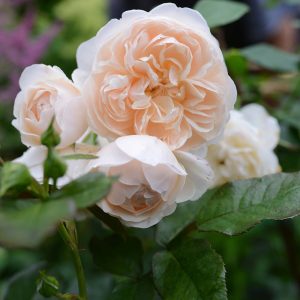Description
Coriandrum sativum, also known as coriander, is an annual herb that is commonly used in cooking and as a garnish. It is known for its delicate, green leaves and its seeds, which have a distinctive, slightly citrusy flavor and aroma. The leaves, called cilantro, are used fresh in many dishes, particularly in Latin American and Asian cuisine to add flavor and aroma, while the seeds are used in spice blends, pickling and as a flavoring for liqueurs. The plant has a bushy growth habit and can reach a height of about 50cm. It prefers well-drained, moist soil and full sun to partial shade.
Key Facts
- Common Name(s):Coriander
- Hardiness:Fully hardy through most of the UK
- How big will I get? Coriandrum sativum can grow to a height of 0.5m and a spread of 0.5m.
- Did You Know That:Coriander is one of the oldest known herbs, it has been used for culinary, medicinal and ceremonial purposes for thousands of years?
Plant Calendar
A rough guide to how this plant will change through the year.
| Jan | Feb | Mar | Apr | May | June | July | Aug | Sept | Oct | Nov | Dec | |
| Flowering Time | 
| 
| ||||||||||
| Foliage Colour |  |
 |
 |
 |
 |
 |
 |
 |
 |
| J | F | M | A | M | J | J | A | S | O | N | D |

| 
| ||||||||||
 |
 |
 |
 |
 |
 |
 |
 |
 |
Care Guide

Soil Requirements
Coriandrum sativum is a versatile plant and can cope with wet or drier soils, but prefers there to be decent drainage. This plant can grow in soil with a wide range of pH levels, it is not picky about the pH level of the soil.

Best Position
Coriandrum sativum can handle either an exposed or a sheltered position and can cope with either full sun or partial shade.

Maintenance
Coriandrum sativum is fairly low maintenance and doesn’t require any pruning.

Pest, Diseases and Wildlife
Coriandrum sativum can have problems with aphids, it can be vulnerable to certain diseases such as powdery mildews. It is also known to attract bees, butterflies and other pollinators. It is not considered to be toxic.
![Coriandrum sativum [Coriander]](https://leafwise.co.uk/wp-content/uploads/2022/10/Coriandrum-sativum-Coriander.jpg)




